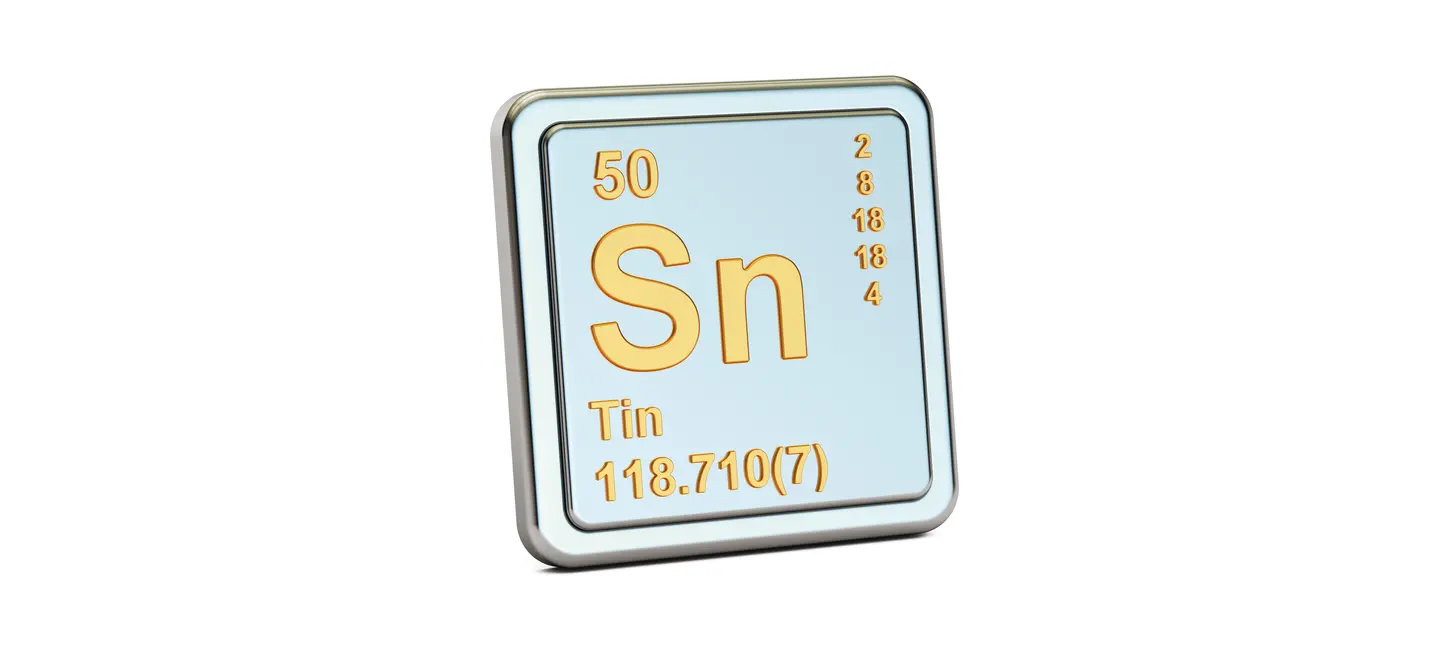
Tin (Sn) is a metal. It can exist by itself or as part of a tin compound. Tin compounds form when tin combines with other elements such as chloride, fluoride, sulfur, or oxygen. The most common form of tin in commercial products is called stannous fluoride.
People use tin as a mouth rinse or toothpaste for conditions such as sensitive teeth and gingivitis. It is also used for conditions such as bad breath, cavities, dry mouth, and plaque, but there is no good scientific evidence to support these uses.
Is It Effective?
NatMed Pro rates effectiveness based on scientific evidence according to the following scale: Effective, Likely Effective, Possibly Effective, Possibly Ineffective, Likely Ineffective, Ineffective, and Insufficient Evidence to Rate.
- Tooth sensitivity. Applying a gel or toothpaste containing tin as stannous fluoride seems to reduce tooth sensitivity. But it might take up to 2 weeks to work. Rinsing with sodium fluoride solution can reduce symptoms much faster.
- A mild form of gum disease (gingivitis). Most research shows that using a toothpaste containing tin as stannous fluoride reduces symptoms of mild gum disease, including gum swelling and bleeding. Stannous fluoride toothpaste seems to work about as well as toothpaste containing triclosan and might work better than toothpaste containing sodium fluoride.
There is interest in using tin for a number of other purposes, but there isn't enough reliable information to say whether it might be helpful.
Is it Safe?
Tin fluoride seems to prevent bacteria from forming, which might prevent plaque and cavities. Tin compounds also seem to prevent the nerves around the teeth from being stimulated, which can prevent tooth sensitivity.
When taken by mouth: There isn't enough reliable information to know if tin is safe or what the side effects might be when taken by mouth as a medicine. Large amounts might cause side effects such as diarrhea, stomach pain, and nausea.
When applied to the teeth: Toothpastes and other dental products containing tin are LIKELY SAFE when used appropriately. But these products might cause teeth staining.
Special Precautions & Warnings:
Pregnancy and breast-feeding: There isn't enough reliable information to know if tin is safe to use when pregnant or breast-feeding. Stay on the safe side and avoid use.
Children: Toothpastes and other dental products containing tin are LIKELY SAFE for children over the age of 6 years when used appropriately. There isn't enough reliable information to know if tin is safe to use by mouth or what the side effects might be.
It is not known if this product interacts with any medicines.
Before taking this product, talk with your health professional if you take any medications.
Copper: Large amounts of tin in the diet might reduce how much copper is stored by the body. This might cause copper levels to become too low.
Iron: Large amounts of tin in the diet might reduce iron levels in the blood. This might cause iron levels to become too low.
Zinc: Large amounts of tin in the diet might reduce how much zinc is stored by the body. This might cause zinc levels to become too low.
There are no known interactions with foods.
The following doses have been studied in scientific research:
APPLIED TO THE TEETH:
- For tooth sensitivity: Gel, toothpaste, or mouth rinse containing tin as stannous fluoride 0.4% has been used at least daily for at least 2 weeks.
- For a mild form of gum disease (gingivitis): Toothpastes containing tin as stannous fluoride 0.4%, as stannous fluoride 0.454% chelated to gluconate, or as stannous chloride have been used at least once daily.
Atomic Number 50, Estanho, Estaño, Etain, Latta, Sn, Stannum, Tenn, Zinn.
Information on this website is for informational use only and is not intended to replace professional medical advice, diagnosis, or treatment. While evidence-based, it is not guaranteed to be error-free and is not intended to meet any particular user’s needs or requirements or to cover all possible uses, safety concerns, interactions, outcomes, or adverse effects. Always check with your doctor or other medical professional before making healthcare decisions (including taking any medication) and do not delay or disregard seeking medical advice or treatment based on any information displayed on this website.
© TRC Healthcare 2024. All rights reserved. Use and/or distribution is permitted only pursuant to a valid license or other permission from TRC Healthcare.
